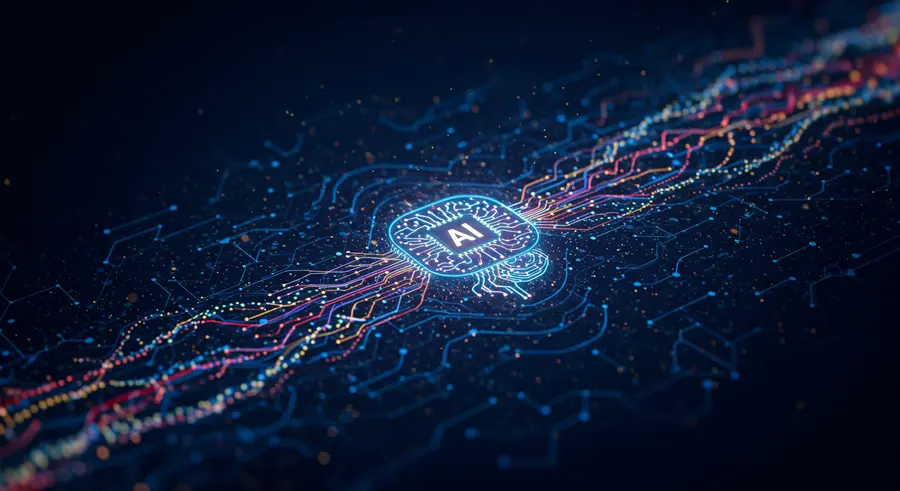The Silent Watch: AI's Role in Spotting the Unusual
In the complex and ever-evolving landscape of cybersecurity, threats often manifest as deviations from the norm. These subtle shifts—an unusual login time, an unexpected data transfer volume, or an unauthorized access attempt—are anomalies that can signal a brewing cyberattack. Manually identifying these deviations in vast networks and oceans of data is an impossible task for human analysts. This is where Artificial Intelligence, particularly its application in anomaly detection, becomes an indispensable tool for modern cyber defense.
Anomaly detection, at its core, is the process of identifying data points, events, or observations that deviate significantly from the expected behavior or pattern. In cybersecurity, this means distinguishing malicious activities from legitimate network traffic and user behavior. AI algorithms excel at this by learning what "normal" looks like based on historical data, and then flagging anything that falls outside these established baselines.

How AI Powers Anomaly Detection
AI employs various machine learning techniques to perform anomaly detection:
- Supervised Learning: While less common for pure anomaly detection (as anomalies are often unknown beforehand), supervised methods can be used if a dataset of both normal and anomalous activities is available. The AI is trained to classify new events as one or the other.
- Unsupervised Learning: This is the most prevalent approach. Algorithms like K-Means, Isolation Forests, or One-Class SVM are trained on unlabeled data, learning the inherent structure of "normal" behavior. Anything that doesn't fit this structure is considered anomalous. For instance, in financial analysis, detecting unusual trading activities or unexpected portfolio shifts requires sophisticated market sentiment analysis and data-driven insights, areas where AI truly excels.
- Semi-Supervised Learning: This approach uses a small amount of labeled data (typically only normal data) combined with a large amount of unlabeled data. It's often used when anomalies are rare and difficult to obtain labels for.
- Deep Learning: Neural networks, especially autoencoders, are increasingly used. Autoencoders learn to reconstruct normal data; anomalies result in high reconstruction errors, indicating their deviation from learned patterns.
Key Techniques and Applications
AI-driven anomaly detection is applied across various facets of cybersecurity:
- Network Intrusion Detection: AI monitors network traffic for unusual data flows, protocol violations, or unexpected port accesses, signaling potential intrusions or malware activity.
- User Behavior Analytics (UBA): By establishing baselines for individual user behavior (e.g., login times, accessed resources, data transfer volumes), AI can detect account compromises or insider threats when behavior deviates.
- Endpoint Security: AI identifies abnormal process execution, file access patterns, or system calls on individual devices that could indicate malware infections or unauthorized activity.
- Fraud Detection: In financial systems, AI flags transactions that are inconsistent with a user's typical spending habits or appear suspicious, protecting against financial crime.
- IoT Security: With countless connected devices, AI is vital for identifying unusual device communications or rogue devices attempting to join a network.
Challenges and the Future
Despite its power, AI in anomaly detection faces challenges:
- Evolving "Normal": What's normal today might be abnormal tomorrow. AI systems need continuous learning and adaptation to new behaviors.
- False Positives: Overly sensitive AI can generate too many alerts, leading to "alert fatigue" for security teams. Tuning is critical.
- Adversarial AI: Sophisticated attackers might try to "poison" the training data or generate anomalous activities that mimic normal behavior to evade detection.
The future of AI in anomaly detection lies in more robust, adaptive models that can learn in real-time, explain their decisions (explainable AI), and collaborate with human analysts. As cyber threats become more sophisticated, AI's ability to discern the subtle whispers of an attack amidst the digital noise will be more crucial than ever.
For more insights into cybersecurity fundamentals, check out CISA Alerts and Bulletins and explore NIST Cybersecurity Resources for best practices.
Back to Home